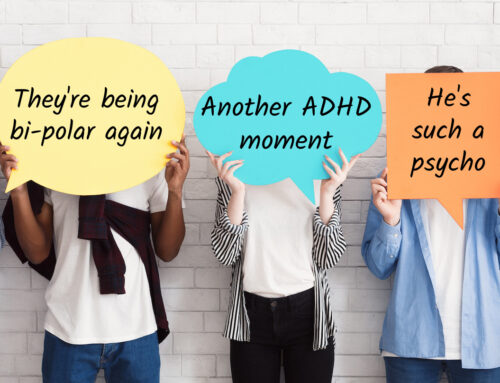By: Patti Dean, LCSW
“Intention is one of the most powerful forces there is. What you mean when you do a thing will always determine the outcome.” – Brenna Yovanoff, The Replacement
The last weeks of December are typically a time to pause and look back at the year that is ending. It is also a time when we look ahead to the new year and resolve to make changes in our lives. Studies show that 80 percent of the New Year’s resolutions we
make will fail within the first six weeks of the year. With that failure rate doesn’t it make
sense to try a different approach for 2020?
Begin the process of setting intentions for the new year by engaging in self-reflection. Self-reflection, with the desired outcome of manifesting change, involves exploring the emotional themes and actions of the last 12 months. Taking a deep dive into your
motivations and feelings can foster a more comprehensive understanding of what has taken place in your life and offer insights that, heretofore, were absent from your conscious thoughts.
There is a difference between intentions and goals. Intentions are rooted in the principles and values that are most meaningful to you. An intention comes from your heart. It is the way you want to live and how you want to be seen in the world. Intentions
succeed because you are deeply connected to them. Goals are manifestations of intentions. They provide the impetus for setting objectives so there is a tangible way to measure progress. For example, if your intention is to be more mindful in the new year
(because you recognize the value of being present) a goal could be to practice meditation. The objective for that goal might be taking a class where you learn how to meditate.
As you move into the reflective process focus on what you are grateful for. Ask what you liked about yourself and what you want to bring forward with you into the new year. Look at your successes and see where you might have stumbled. Finally, look at what
you want to leave behind. The questions you ask yourself are a road map for reflection. Use those questions to evoke emotions and memories. Try to find the emotional theme that is woven through those memories. Look at what has been metacommunicated to you and wonder at how you’ve internalized those messages. Identify what was important to you. In doing this you may realize that you will have to let go of thoughts, emotions, and actions that no longer serve you. Letting go makes space for intentions and plans for the new year. At the end of your reflective process you can set the goals and objectives for your intentions. This is meant to be a kind and gentle process. All too often we are our harshest critics. Don’t chastise yourself for the mistakes you believe you have made. Practice letting go and looking forward.
Here’s to a happy and healthy new year!






